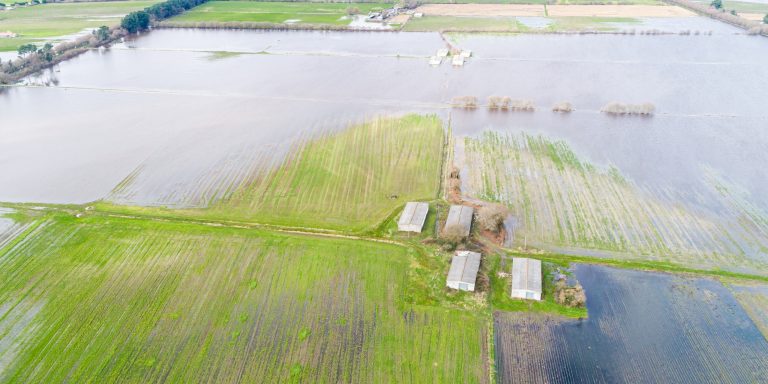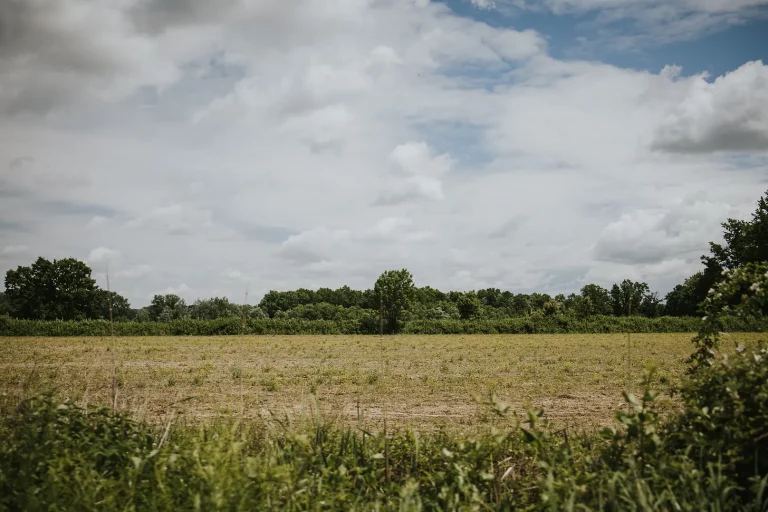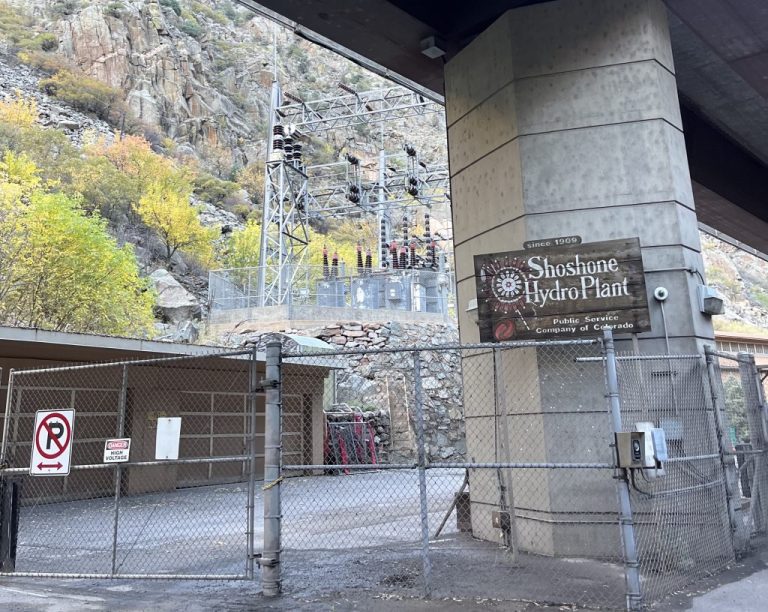Yanasa TV News
Government Policy Is Squeezing Family Farms — Why the UK’s Crisis Feels Familiar in Rural America
A record wave of UK farm closures, looming inheritance-tax changes, subsidy whiplash, and labor bottlenecks are reshaping Britain’s countryside. Across the Atlantic, U.S. farms face their own squeeze—from the estate-tax “sunset” to water rules, animal-housing mandates, and rising guest-worker wages. The result is the same story in two accents: fewer farms, tighter margins, and ripples across rural economies.

The signal: a record year of UK farm closures
In July 2025, official UK business demography data showed 6,365 agriculture/forestry/fishing business closures in the prior 12 months—the highest since quarterly records began in 2017. Trade groups and farm press called it a watershed moment, not a blip.
Behind the number sits a policy stack: a pending inheritance-tax restructure for farm assets; a stop-start rollout of England’s post-Brexit farm-payment schemes; and persistent labor tightness. None of these alone closes a profitable farm. Combined—on top of volatile weather and prices—they raise the probability that marginal operations tip over.
What’s changing in the UK—and why farmers say it matters
Inheritance tax (APR/BPR) reform (effective April 6, 2026). The government has confirmed a new structure that caps 100% relief at £1 million for combined agricultural and business property; qualifying value above that gets 50% relief (with instalment options). Critics warn the change could force asset sales or debt just to settle tax, especially for land-rich, cash-poor family farms. Even supporters concede distributional impacts will be uneven across tenants, mixed estates, and leveraged operators.
Payment-scheme whiplash (SFI/ELM). Defra stopped accepting new SFI applications on March 11, 2025 after saying the budget was fully allocated—then issued narrow workarounds for applicants stranded mid-process. Farmers describe cash-flow gaps and planning chaos during the transition from EU-style direct payments to environmental contracts.
Labor squeeze persists. Ministers confirmed 2025 Seasonal Worker allocations of 43,000 for horticulture and 2,000 for poultry, but growers still report shortages and higher costs, especially in high-value produce.
Sentiment at rock bottom. The NFU’s March 2025 survey recorded the lowest farmer confidence since the series began, with many citing IHT reforms and the phasing-out of direct payments as key reasons to pause or cancel investment. Defra’s April 2025 opinion tracker likewise found weak optimism about the sector’s future.
Spillovers already visible. Ag equipment data show a soft market: U.S. combine sales fell ~44% year-over-year in June/July 2025, with tractor categories also down—useful context because UK dealers track similar cycles. Weak farm cash flow usually hits machinery purchases first, then contractors and input suppliers.
The American rhyme: fewer farms, higher compliance costs, rising wage floors
Consolidation continues. USDA’s latest Census of Agriculture shows 1.90 million farms in 2022—down 7% from 2017, the first time since the 1800s the U.S. count fell below 2 million. Fewer operations doesn’t mean less food—but it concentrates leverage in input, processing, and retail supply chains and hollows out local support businesses.
Estate-tax uncertainty after 2025. Unless Congress acts, the TCJA estate-tax exemption falls roughly in half on Jan. 1, 2026. USDA-ERS estimates the share of farm operator estates owing federal estate tax would rise from ~0.3% to ~1.0% under a lower exemption—still a minority, but significant among larger farms/ranches and multigenerational operations where asset values outstrip cash flow. (The IRS has confirmed that gifts made under the higher exemption won’t be clawed back.)
Labor dependence grows—and gets pricier. DOL certified >378,000 H-2A jobs in FY2023, more than 6× 2006 levels. For 2025, the national AEWR benchmark used for surety calculations is $17.74/hr, with state rates often higher; DOL also issued an AEWR update effective July 11, 2025 (later in some states due to litigation). Producers say rising wage floors outpace commodity prices and squeeze margins, particularly in labor-intensive fruits and vegetables.
Rules that redraw the map.
- Prop 12 (California animal-housing standards) survived a Supreme Court challenge in May 2023; compliance costs fall unevenly, but the law effectively sets a floor for any producer selling into California. Congress is debating preemption, with hearings continuing in 2025.
- WOTUS after Sackett. EPA and the Army issued March 12, 2025 guidance that narrows federal jurisdiction to wetlands with a “continuous surface connection”—reducing some permitting exposure but shifting uncertainty to state rules and local hydrology.
- Water in the West (SGMA). California’s groundwater law implies ≥500,000 acres of San Joaquin Valley farmland likely to be fallowed by 2040, absent major new supplies—significant for rural tax bases, jobs, dust, and downstream processors.
Why this hits rural economies so hard
When policy raises fixed costs or uncertainty, farmers delay upgrades, switch crops, or exit. That choice cascades: fewer service calls for the local dealer; less throughput for the elevator, dairy, or packing house; fewer orders for the welding shop; fewer payrolls for the town café. 2025’s equipment data are an early-warning siren: U.S. combine sales off ~44% year-over-year mid-summer; 100+ HP tractors down sharply—a signal of deferred capex amid tighter margins.
In Britain, farmers describe a similar freeze: will the IHT relief cap trigger forced asset sales? Will SFI reopen on terms that pencil? Do they have pickers at a wage that still leaves profit? Confidence indices and the 6,365 closures suggest many aren’t willing (or able) to bet the farm on uncertainty.
Policy through the farm-gate: who bears the cost?
- Estate/IHT reform tends to bite asset-heavy, cash-light families most—ranches, mixed arable-livestock with high land values, multigenerational dairies with depreciated barns but expensive ground. In the U.S., most small farms remain under the federal threshold even after the sunset, but land-inflation pockets(Texas Hill Country, California perennials) are exposed. In the UK, a £1m 100%-relief cap could be exceeded by modest acreages in high-value counties.
- Standards & water (Prop 12, SGMA) reallocate production geographically. Compliant, water-secure operators gain share; others exit or pivot to non-food uses (habitat, solar, or fallow). The 500k-acre fallowing estimate is not doom-saying; it’s a planning reality with big local multipliers.
- Labor floors (AEWRs, Seasonal Worker quotas) protect wages but push mechanization, consolidation, and offshoring pressure when farmgate prices can’t move. The long-run elasticity is why H-2A has tripled in a decade even as automation spending climbs.
What to watch (late 2025–2026)
- UK IHT legislation & guidance. Final rules, any transitional reliefs, and treatment of trusts/tenancies will determine how many “paper-rich” farms must restructure or sell ground.
- SFI reboot details. Budget caps, option menus, bridge finance for paused applicants. The difference between “pilot chaos” and “stable income stream” will be in how Defra staggers awards and audits.
- U.S. estate-tax politics. Congress could raise or make permanent the exemption—or let it fall. ERS modeling implies far more estates planning for liquidity if it sunsets. Watch state-level estate/inheritance taxes regardless.
- AEWR litigation & updates. Court carve-outs and mid-year updates matter for specialty crops planning 2026 crews.
- Western water enforcement. SGMA probation actions and State Water Board proceedings will signal real-world acreage impacts.









